How To Use Body Scrubs Perfectly For Soft And Smooth Skin
Scrub not only to remove dead skin but to glow from within so master the art of using body scub
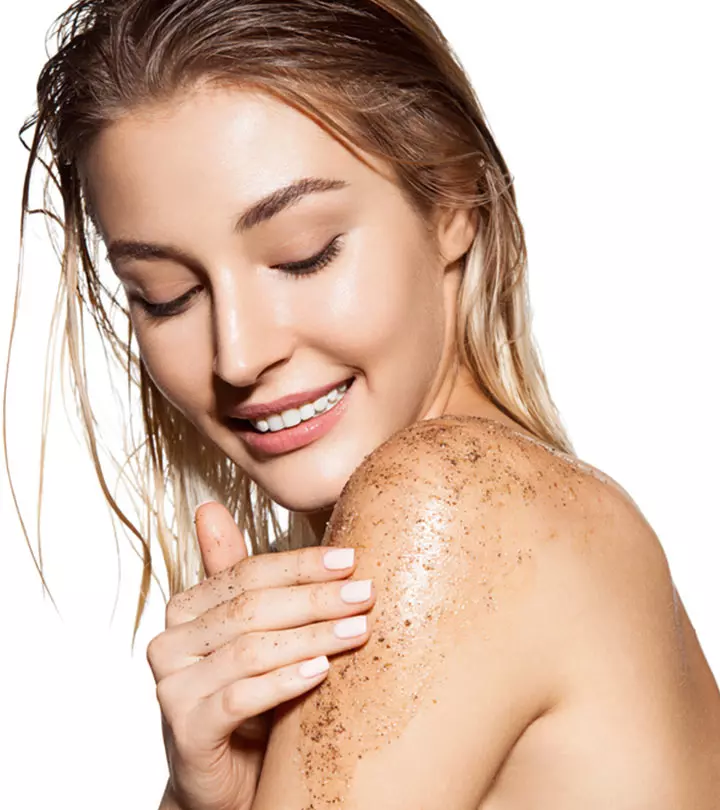
Image: Shutterstock
Most of us know to use a face scrub. But, how to use a body scrub properly? We concentrate too much on our faces that we often forget to take care of our bodies. So, if you belong to that lot, it is time to try out the body scrubs and pamper your body. This article explores the different benefits of body scrubs and how to use them. Read on.
In This Article
What Is A Body Scrub?
A body scrub is an exfoliant that mechanically removes dead skin cells and other impurities from your body with its abrasive action. The exfoliating action stimulates the skin cells and enhances their regeneration, making your skin softer and smoother. Scrubbing your body regularly can prevent the growth of ingrown hair and decongest the pores.
For optimum results, it is crucial to choose a body scrub that is suitable for your skin type – whether your skin is dry, oily, or sensitive.
Key Takeaways
- Body scrub helps exfoliate your skin gently getting rid of dead skin cell deposits, dirt, and debris, making it feel soft and smooth.
- Sugar, salt, coffee, or herbal, you can choose from a wide variety of scrubs as suitable for skin type and preferences.
- Avoid using a body scrub if your skin is sunburnt, irritated, or inflamed, to avoid any damage.
Types Of Body Scrubs
1. Sugar Scrubs
are mild and more suitable for people with sensitive skin. The sugar grains with rounded edges are gentle on your skin and help in physical exfoliation. Sugar acts as a natural humectant and can replenish skin moisture, preventing dryness.
 Quick Tip
Quick Tip2. Salt Scrubs
are one of the widely used body scrubs. Salt is an excellent exfoliator and can remove dead and hard skin from your body. A salt scrub is perfect for people with oily skin as it helps strip excess oil without being harsh. Salt scrubs usually contain magnesium and sulfate, which help reduce inflammation and detoxify the skin (1).
Gem, a blogger shares her journey of finding a solution for keratosis pilaris through a DIY body scrub. She discusses the main ingredients for body scrubs—salt and sugar. Observing the changes, she mentions, “I noticed that the back of my left thigh felt much softer and smoother, the bumps were a bit less noticeable too (i).” She further adds, “This DIY scrub recipe has worked wonders for my legs.”
 Did You Know?
Did You Know?3. Scrubs With Grains And Nuts
These body scrubs contain oatmeal, walnuts, or ground almonds. Oatmeal has anti-inflammatory properties that soothe rough and dry skin (2). It also keeps the skin moisturized. Walnut shells and ground almonds exfoliate the skin and make it appear brighter. However, they are abrasive, and you should use them with caution.
4. Coffee Scrubs
A DIY coffee face scrub is another popular body scrub option that many swear by. The caffeine content in coffee not only exfoliates the skin but also protects it against UV radiation (3). Anecdotal evidence suggests that coffee can help minimize cellulite, age spots, and fine lines. Beauty enthusiasts also swear by its skin brightening effects, which help reduce the appearance of pigmentation, dark circles, and sun tan.
5. Herbal Scrubs
Herbal body scrubs are made from natural plant-based ingredients like grapefruit, lemons, green tea, and cranberry. They help rejuvenate and soothe your skin, enhance skin metabolism, and delay premature aging (4). You can try these scrubs if you have irritated skin or are looking for a skin detox.
6. Avocado Scrub
An avocado scrub is a nourishing exfoliant that harnesses the power of natural ingredients to rejuvenate the skin. This scrub is enriched with vitamins C, E, and niacin and is made with a mixture of mashed avocado and gentle exfoliants like sugar or salt. Though more research is required into this, it is accepted that the creamy texture of avocado provides deep hydration, while its natural oils offer a moisture-rich treatment, leaving the skin feeling soft and supple after use.
7. Coconut Oil Scrub
Coconut oil scrub is a hydrating exfoliator that combines the moisturizing benefits of coconut oil with natural exfoliants such as sugar, salt, or even ground oats or coffee. Coconut oil is lauded for its high content of fatty acids that may deeply nourish the skin. This type of scrub not only exfoliates but may also leave a protective barrier of moisture that may help to repair dry skin (5).
Note: Do a patch test before using these scrubs to ensure that you are not allergic to any of the ingredients.
Here is a detailed step-by-step guide on how to use a body scrub the right way.
How To Use A Body Scrub
Step 1:
Soak yourself in the shower for a few minutes. This will soften your skin and make dead skin removal easy.
Step 2: Apply the body scrub, starting from your feet, and then work your way up.
Step 3: Gently massage the scrub on your feet, legs, belly, and hands in circular motions. You can also use a long handle bath brush to apply the scrub to your back.
Step 4: Rinse thoroughly with water. You may use a mild soap after scrubbing your body.
Step 5: Apply body oil or a moisturizer to keep your skin hydrated and soft. If you have sensitive skin, use aloe vera gel for a soothing effect.
Step 6: Repeat this process twice a week for the best results.
Note: Be careful not to use body scrubs frequently. Over-exfoliation can strip the natural oils of your skin and make it dry.
Now, let’s explore some benefits of adding body scrubs to your weekly routine. Scroll down!
Benefits Of Body Scrubs
1. Even Tone Your Skin
One of the lesser-known benefits of using body scrubs is that they even out your skin tone. Exfoliation helps remove dead skin cells and makes your skin smoother in the process. It promotes cell turnover, and you may notice a visible improvement in skin radiance. Using a body scrub regularly can also help lighten dark patches on your elbows or knees.
2. Unclog Pores
Whether it is excess oil, dirt, or pollutants, a good body scrub will remove the debris stuck in your pores. It helps decongest your pores, which helps curb bacterial growth on your skin and combat acne. Body scrubs can also prevent and help get rid of razor bumps and ingrown hairs.
3. Remove Blackheads
You can use a body scrub with green tea, tea tree oil, or aloe vera extracts to reduce stubborn acne and remove blackheads from your skin. This will eventually lead to clear and healthy skin.
4. Ensure Better Absorption Of Skin Care Products
Since a body scrub removes dead cell buildup, it can prep your skin to absorb skin care products better. This, in turn, boosts the efficacy of skin care formulas and helps enhance the overall health of your skin.
Find out how often you should scrub your body in the next section.
How Often Should You Use A Body Scrub?
You must use a body scrub not more than twice a week. Massage your skin with the product gently without being too harsh. After the first few weeks, you will notice your skin turning soft, radiant, and youthful-looking.
Body scrubs are essential to keep your skin smooth and boost its health. However, you may want to avoid using them in certain scenarios. Here’s when you should stay away from a body scrub.
When Should You Not Use A Body Scrub?
- If your skin is irritated and you are experiencing rashes or inflammation.
- If you have sunburns.
- If your skin has become extremely dry and flaky.
- If your skin has open wounds, bruises, and cuts.
- If you have any allergies.
As stated before, you should not go overboard with a body scrub. If you have acne or insect bites, limit the use of exfoliants to once a week. If you are not sure about your skin type and which body scrub would benefit your skin the most, then consult a dermatologist for proper guidance.
The following section will answer more of your queries regarding the usage of body scrubs in various cases.
Do You Use Body Scrubs On Wet Or Dry Skin?
Depending on the type of scrub, you may either use it on wet or dry skin. If you have oily skin, apply the scrub on dry skin. This will help get rid of excess oil without making your skin break out.
For sensitive and dry skin types, it is always good to use a cream-based hydrating scrub on wet skin. It can help retain the natural oils of your skin and keep it moisturized.
Body scrubs are also useful for manicures and pedicures. Read on to find out why and how to use it for the best results.
How Do You Use Body Scrubs Before Manicure And Pedicure?
A relaxing body scrubbing session before a manicure or pedicure will make your spa treatment last longer. It will also help your skin absorb the skin care products better, resulting in softer hands and feet for an extended period. Use the body scrub, focusing more on your hands and feet. Massage the hard skin of your ankles, heels, and wrists. Rinse with lukewarm water and apply moisturizer to your damp skin.
Body scrubs are exfoliators that remove excess dead skin and stimulate skin regeneration, making your skin soft and smooth. Using body scrubs also unclogs your pores, removes blackheads, and ensures better absorption of skincare products. You can opt for salt, sugar, coffee, or herbal body scrubs depending on your skin type. Do not use body scrubs more than twice a week as they can strip your skin of its natural oils and make it dry. Avoid using body scrubs if you have wounds, sunburns, allergies, or rashes. We hope this article answers all your questions about how to use a body scrub.
Frequently Asked Questions
Do I use a body scrub before or after I shave?
You can shave after using a body scrub to achieve the best results. Exfoliation unclogs pores and removes dirt, which leaves your skin smooth and soft. This helps you achieve a smoother shave and reduce the risk of razor bumps.
Can I put body scrub on my lips?
No, avoid putting body scrub on your lips because the skin on your lips is thinner and more sensitive. You can either buy or make a lip scrub at home.
Do body scrubs help with body odor?
Yes, using body scrubs can remove dead skin and keep odor-causing bacteria at bay.
Body scrubs are a great way to brighten your skin. Here is a video with some tips that will help you transform your skincare routine and achieve an even skin tone. Click here to watch it!
Personal Experience: Source
StyleCraze's articles are interwoven with authentic personal narratives that provide depth and resonance to our content. Below are the sources of the personal accounts referenced in this article.
(i) THE MOST AMAZING DIY BODY SCRUB
https://theduchessofleeds.wordpress.com/2016/08/28/the-most-amazing-diy-body-scrub-%F0%9F%92%95/comment-page-1/
References
Articles on StyleCraze are backed by verified information from peer-reviewed and academic research papers, reputed organizations, research institutions, and medical associations to ensure accuracy and relevance. Read our editorial policy to learn more.
- Bathing in a magnesium-rich Dead Sea salt solution improves skin barrier function, enhances skin hydration, and reduces inflammation in atopic dry skin
https://pubmed.ncbi.nlm.nih.gov/15689218/ - Colloidal oatmeal: history, chemistry and clinical properties
https://pubmed.ncbi.nlm.nih.gov/17373175/ - Caffeine’s mechanisms of action and its cosmetic use
https://pubmed.ncbi.nlm.nih.gov/23075568/ - Skin Care with Herbal Exfoliants
https://www.researchgate.net/publication/224892687_Skin_Care_with_Herbal_Exfoliants - Body scrub containing virgin coconut oil coffee grounds (Coffea arabica Linn) and carbon active coconut shell (activated carbon Cocos nucifera L) as a moisturiser and a skin brightener
https://www.aseestant.ceon.rs/index.php/scriptamed/article/view/30814
Read full bio of Dr. Zeel Gandhi
Read full bio of Arshiya Syeda
Read full bio of Ramona Sinha
Read full bio of Monomita Chakraborty






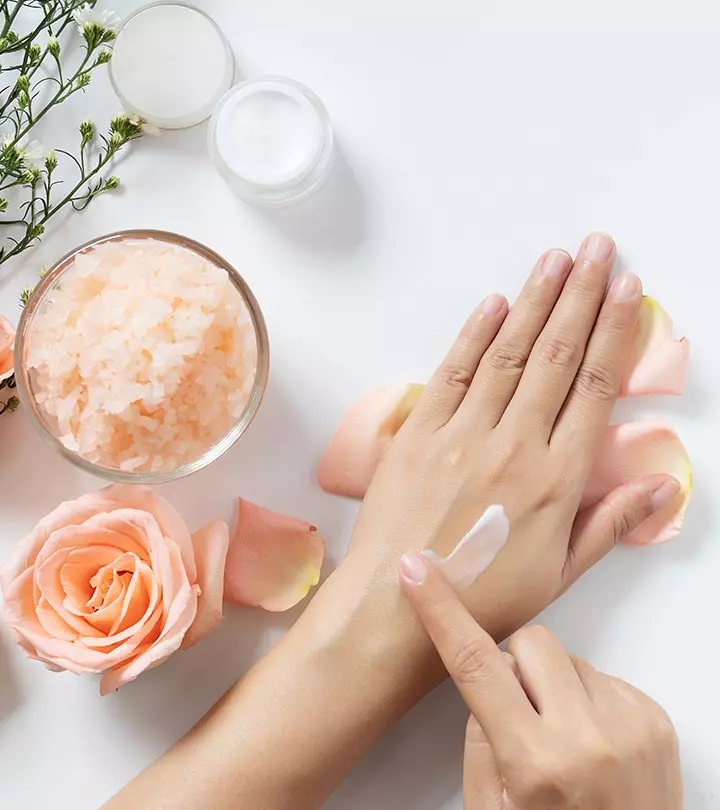

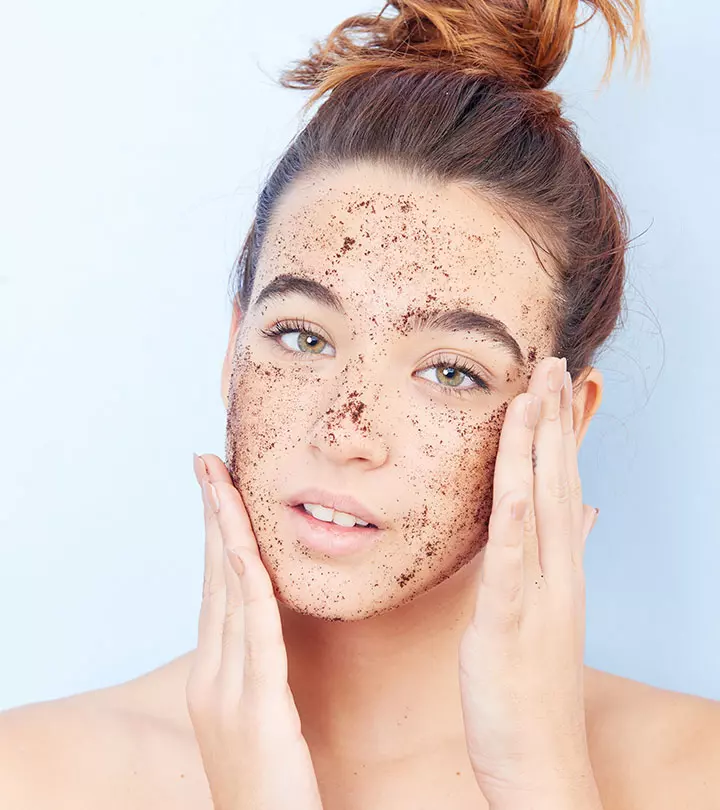

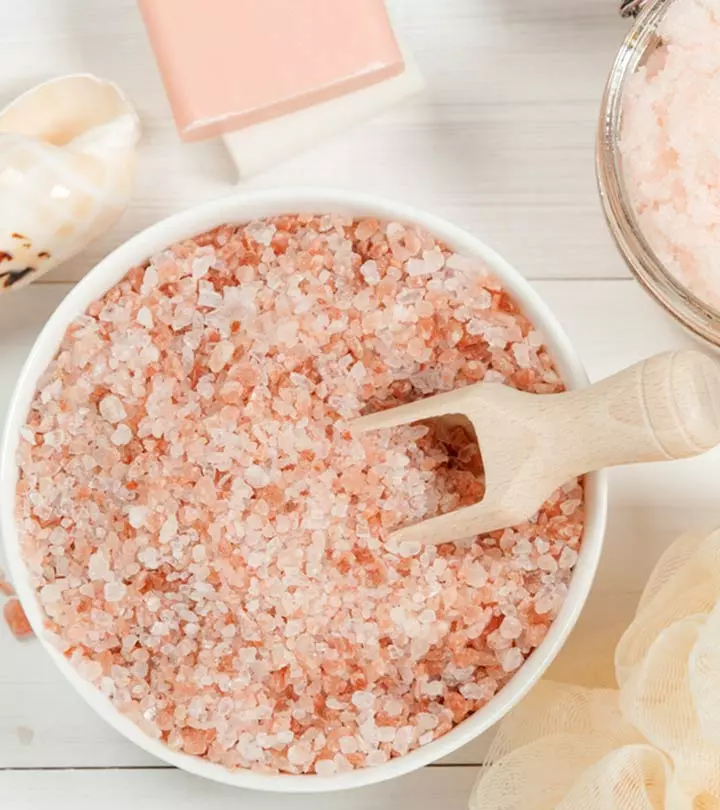
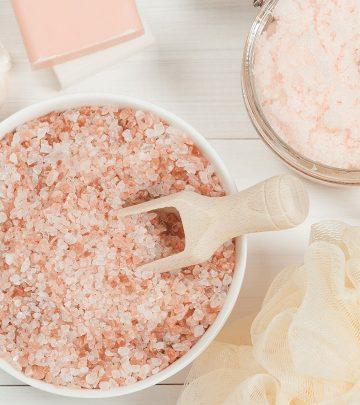
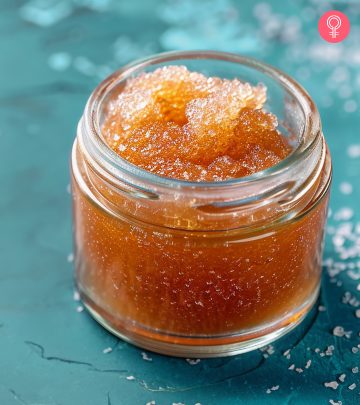
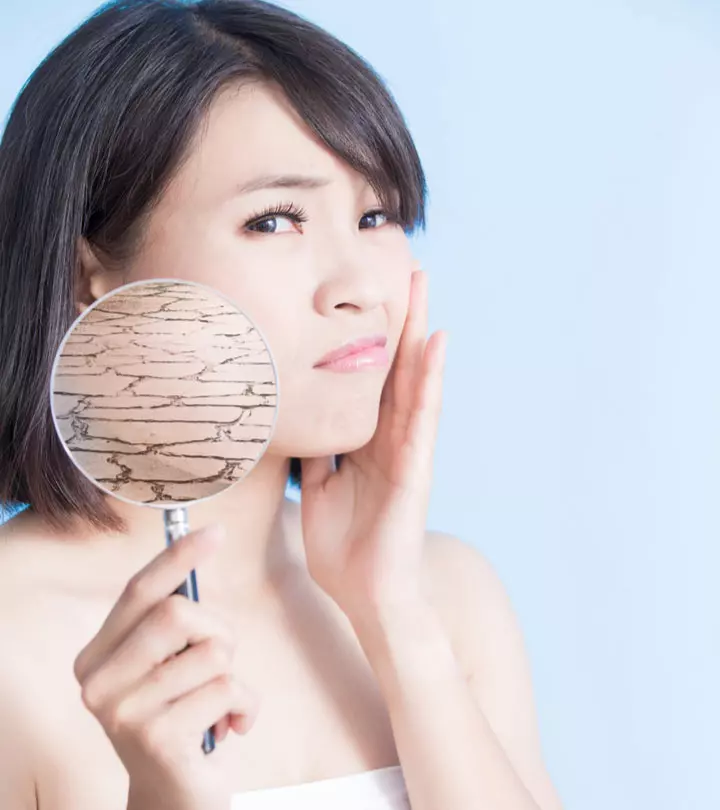
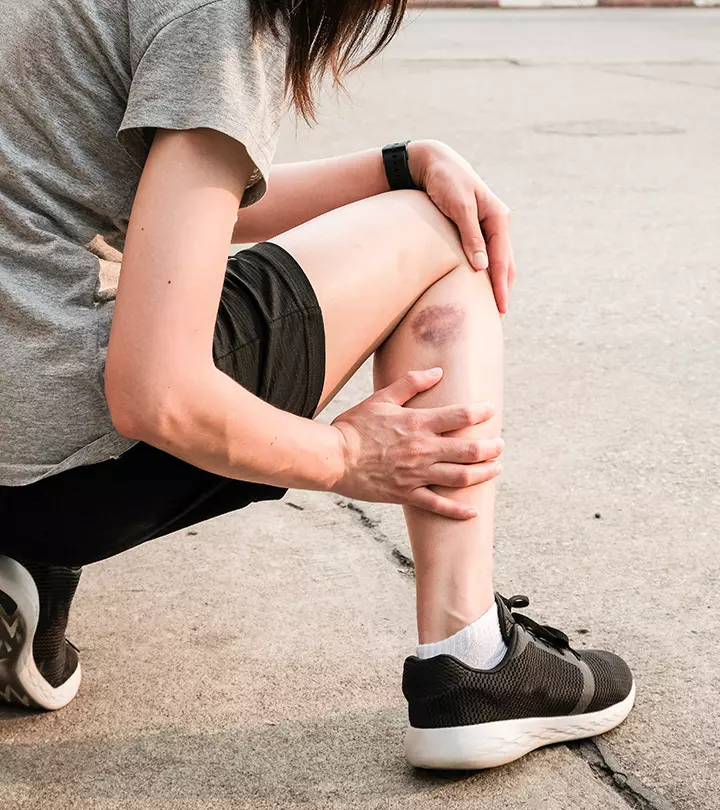
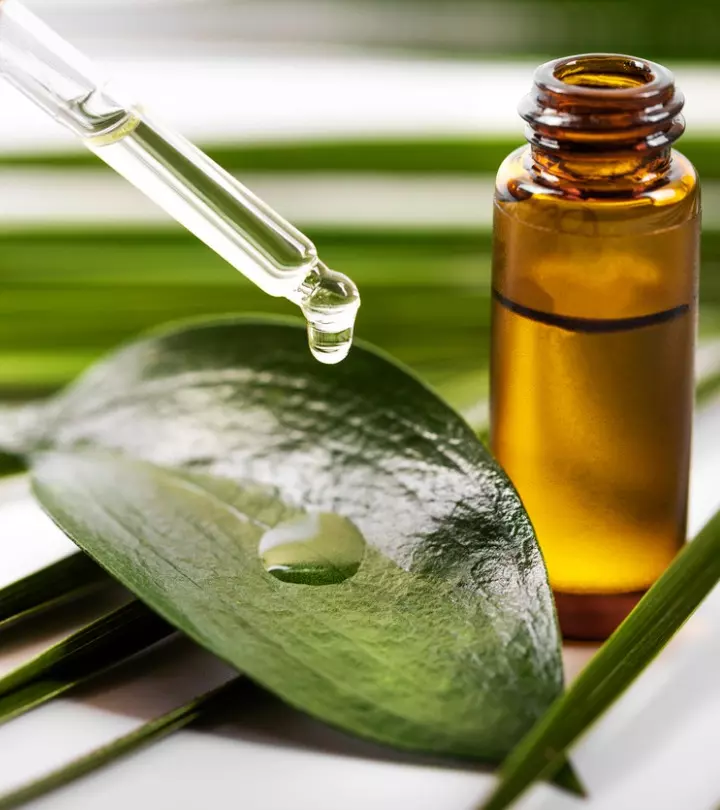
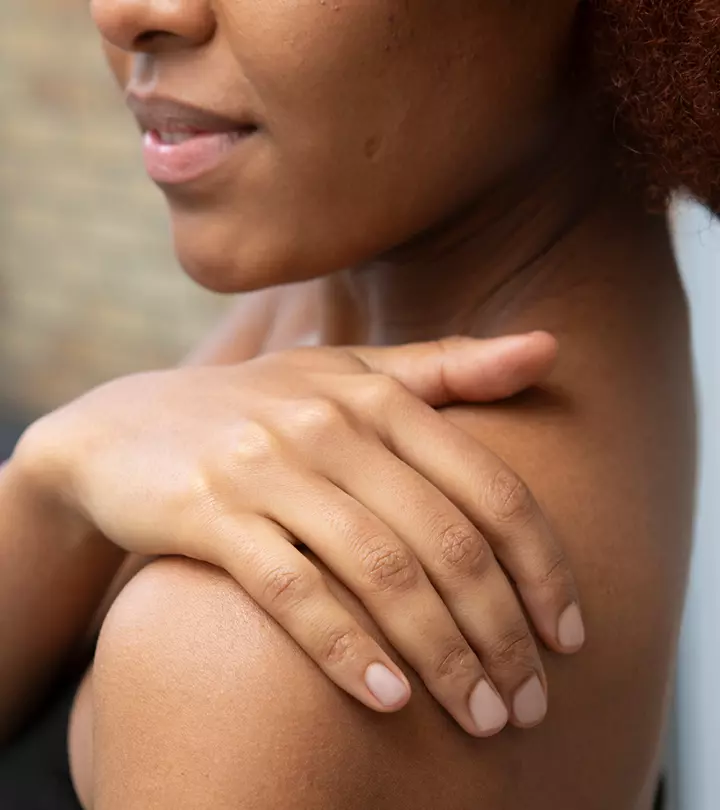
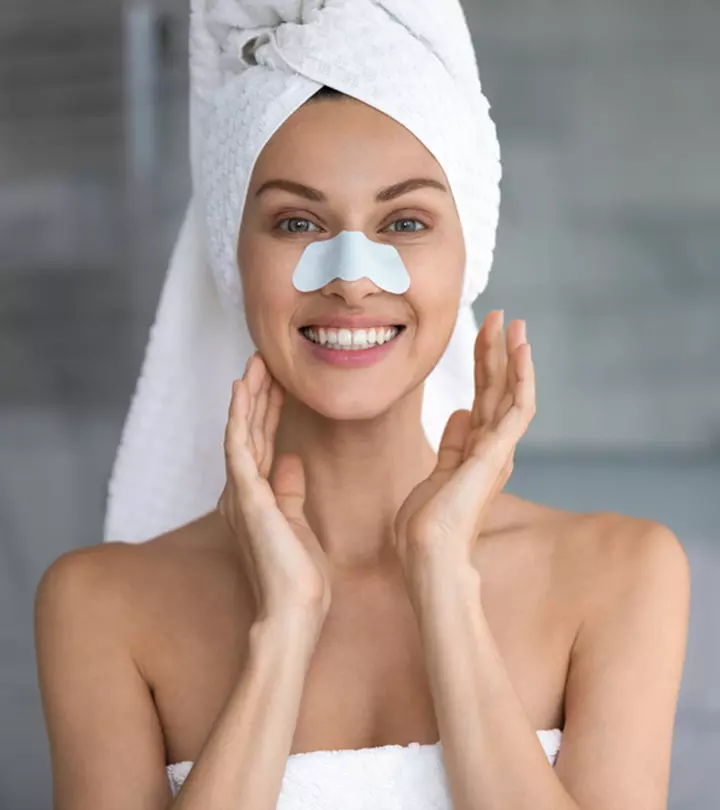
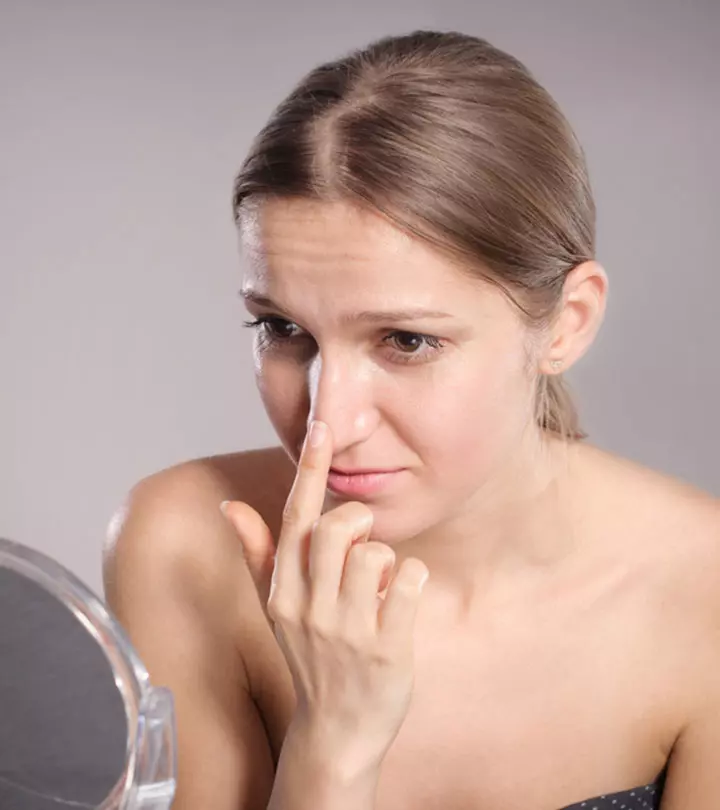
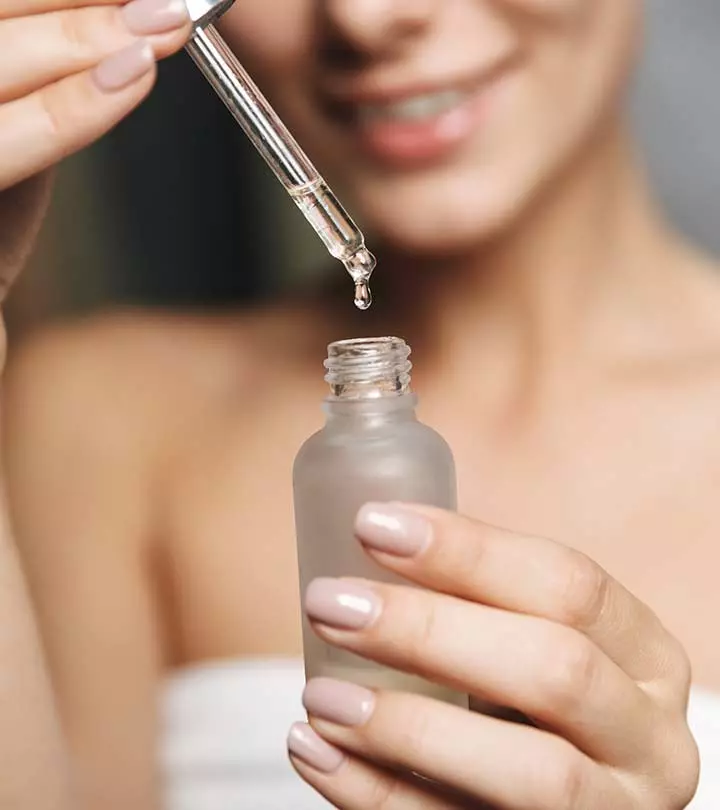
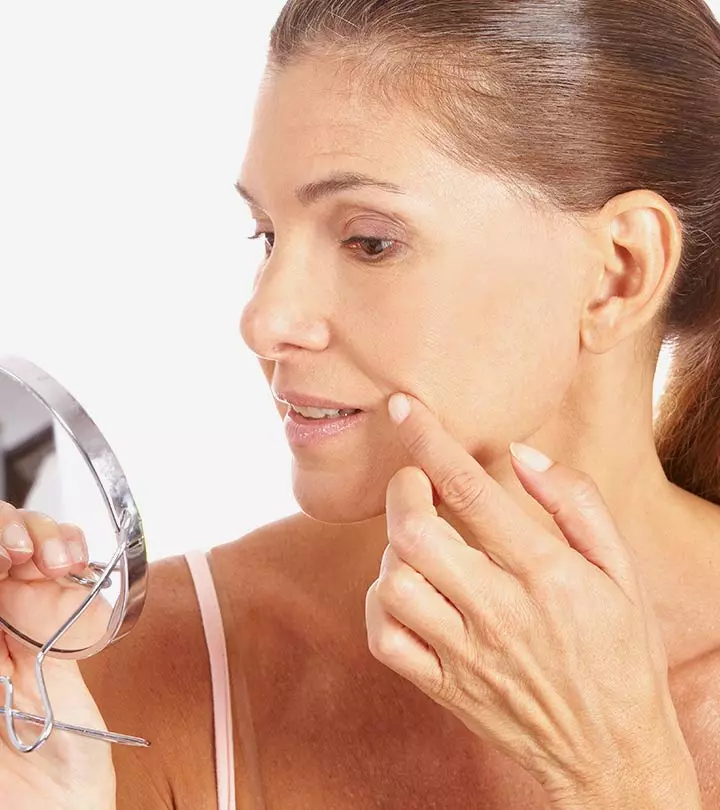
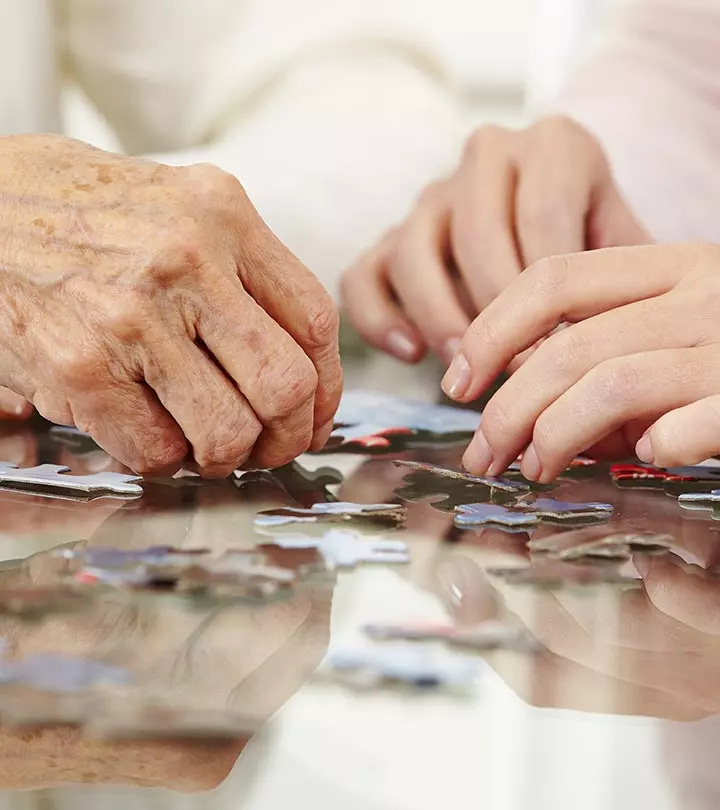
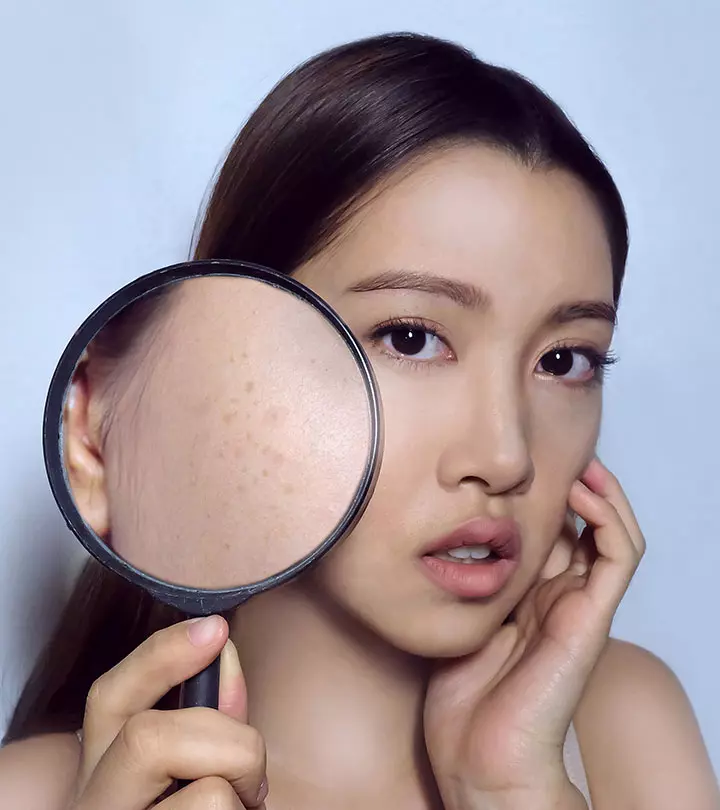
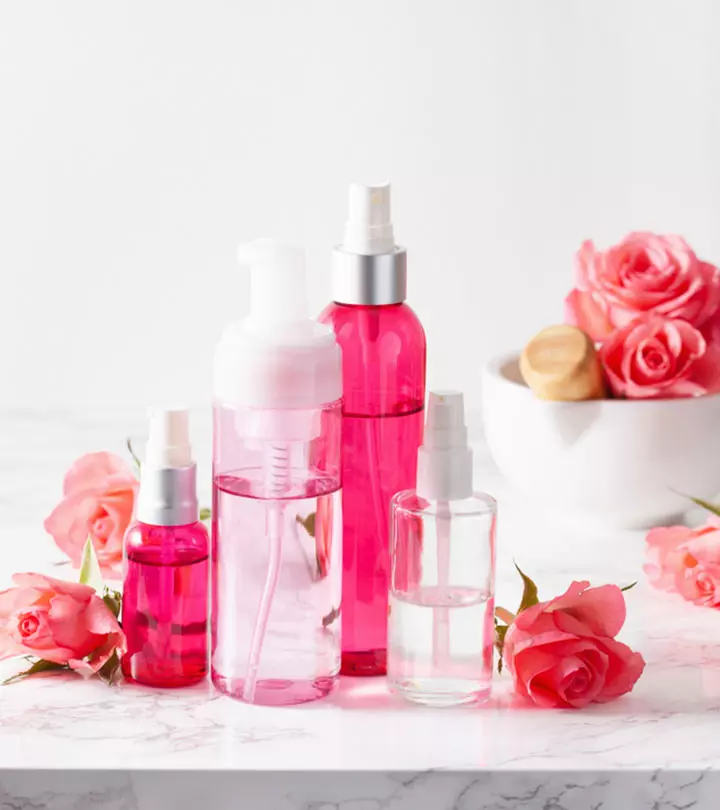
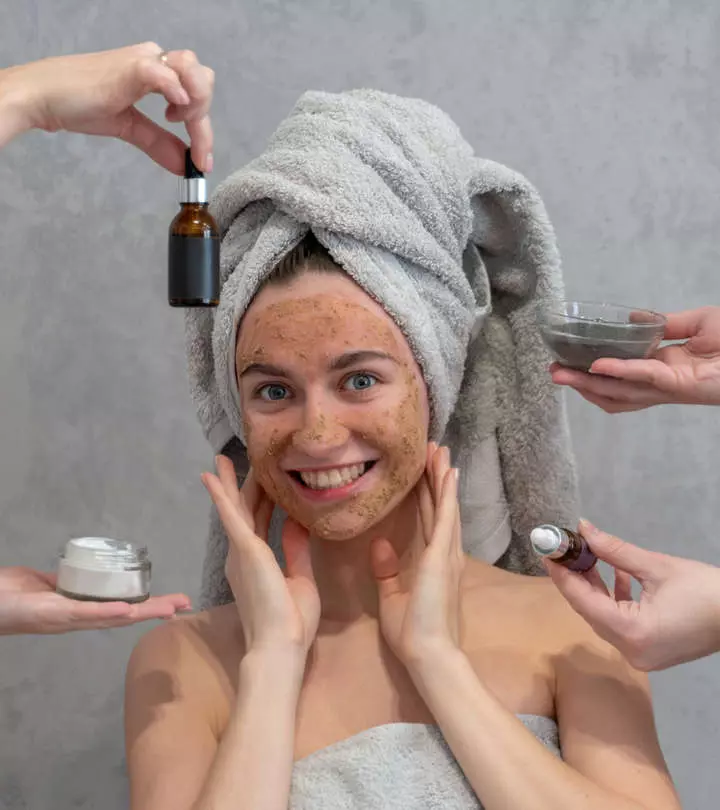
Community Experiences
Join the conversation and become a part of our empowering community! Share your stories, experiences, and insights to connect with other beauty, lifestyle, and health enthusiasts.